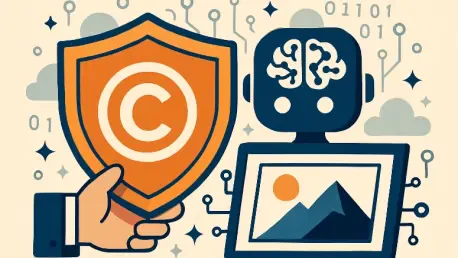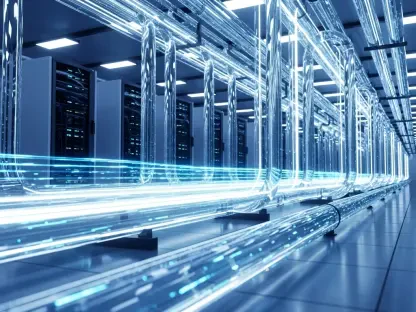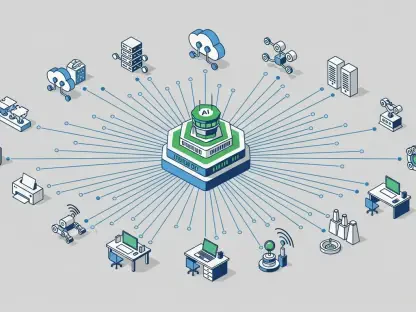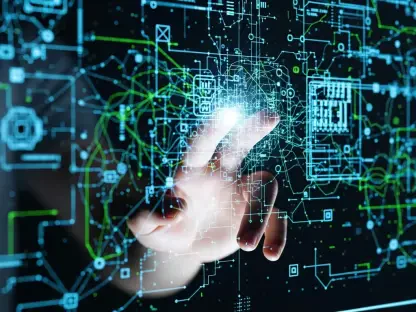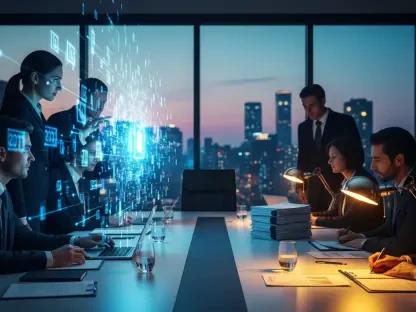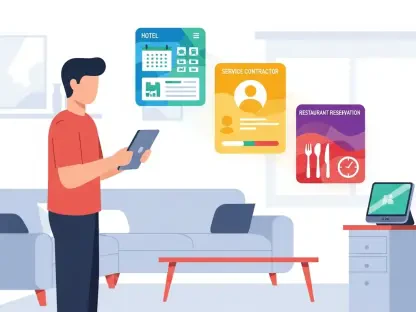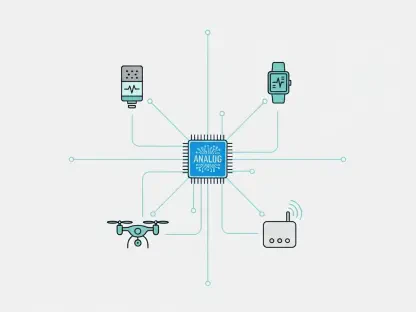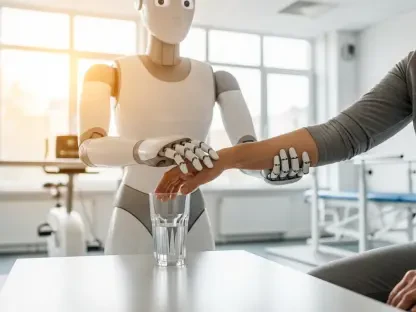In today’s rapidly evolving digital landscape, the intersection between artificial intelligence and art has opened new dimensions of creativity but also presented significant challenges in protecting the intellectual property of artists. Laurent Giraid, a renowned technologist specializing in AI ethics and machine learning, joins us to discuss the intricate dynamics at play with art protection tools like Glaze and NightShade, and how vulnerabilities in these systems are being exposed by innovative methods such as LightShed.
Can you explain the primary functions of art protection tools like Glaze and NightShade and how they aim to protect artists’ works from AI model training?
Glaze and NightShade were developed with the idea of preserving artists’ unique styles in the digital age. They work by adding undetectable changes, or perturbations, to digital images. These alterations disrupt how AI models perceive and learn from the images, preventing them from replicating an artist’s style. Glaze uses a more passive approach, creating confusion in recognizing styles, whereas NightShade actively misguides AI algorithms by making them associate the art style with incorrect elements. Both aim to thwart unauthorized usage in AI training datasets.
What are the specific weaknesses in Glaze and NightShade that LightShed was able to exploit?
LightShed uncovered that these tools have underlying weaknesses in the perturbations they apply. Despite their protections, Glaze and NightShade’s alterations aren’t foolproof. LightShed can recognize these weaknesses and effectively reverse-engineer the perturbations. The proactive nature of these tools inadvertently left patterns that LightShed could detect and exploit, suggesting that the current perturbations aren’t complex enough to escape advanced counter-technologies.
How does LightShed detect the poisoning perturbations in digital images?
The detection process utilized by LightShed is comprehensive. By analyzing digital images, it searches for alterations indicative of known poisoning methods employed by protection tools. Essentially, it’s like a forensic analysis where LightShed meticulously inspects for any tampering signs within the images. Upon detection, it distinguishes whether the image has been impacted by these protective alterations.
Can you detail the reverse engineering process LightShed uses to understand perturbations?
Reverse engineering in LightShed involves deconstructing the perturbations to comprehend their structure and influence. It examines a variety of previously poisoned images to decode the patterns and techniques used in altering them. Through an iterative process, LightShed learns the perturbations’ characteristics and uncovers how they manipulate the AI models’ perception of an artwork’s style.
Once the perturbations are identified, how does LightShed restore the image to its original form?
After identifying the perturbations, LightShed uses restorative algorithms to neutralize them, effectively “cleaning” the image. This process strips away all protective alterations, reverting the digital artwork back to its original form. By doing so, it makes it as if the protective layers were never applied, rendering the art susceptible to AI training once more.
Why do you think these vulnerabilities in art protection tools pose a significant risk to artists?
These vulnerabilities expose artists to the very risk they seek to avoid: unauthorized use of their work without their consent. If protections can be easily bypassed, AI developers can exploit artists’ creations, leading to potential misappropriation and dilution of their unique styles. This not only undermines artists’ efforts to safeguard their intellectual property but also echoes wider implications in digital rights management.
What message do researchers want to convey by publicizing LightShed’s capabilities?
The main message is a call to action for the development of more robust and adaptive art protection methods. By highlighting these weaknesses, researchers aim to galvanize the community to recognize current vulnerabilities and prioritize crafting improved solutions. It’s about initiating a dialogue among technologists, artists, and policymakers to revise and enhance digital copyright protections as AI capabilities progress.
How can artists currently safeguard their work against unauthorized use by AI models, given these vulnerabilities?
While current tools like Glaze and NightShade provide some level of defense, the discovery of their vulnerabilities suggests the need for additional measures. Artists might consider integrating multiple layers of protection, seeking legal avenues for copyright enforcement, and staying informed about technological advancements in art protection. Collaboration and dialogue within the artistic and tech communities are also crucial for innovation in protective strategies.
What is Professor Ahmad-Reza Sadeghi’s vision for collaborating with other scientists in this field?
Professor Sadeghi envisions a collaborative effort across disciplines to co-develop defenses against unauthorized AI usage of artworks. By building alliances with other researchers and engaging with the artistic community, the goal is to craft more resilient strategies that evolve alongside technological advancements. It’s about pooling resources and expertise to create protections that can withstand sophisticated adversarial techniques.
How do tools like LightShed impact the ongoing debates around image copyright and AI?
LightShed’s capability to bypass current protections brings renewed focus to the ongoing debate over image copyright in the age of AI. It highlights the need for clear legal frameworks and advanced technological tools to protect artistic creations. As AI becomes more integrated into creative processes, these debates will likely intensify, prompting stakeholders to deliberate on how to balance innovation with respect for intellectual property rights.
Could you discuss the implications of ongoing legal battles, such as the one between Getty Images and Stability AI, on the future of AI art?
These legal battles are critical in shaping the future of AI art and copyright. They present a test case for how courts perceive the intersection of AI and creative works. The outcomes could set precedents for how intellectual property laws adapt to technological changes, possibly influencing how AI companies and artists operate. Such cases will determine whether artists’ rights are upheld or redefined in the digital era.
With companies like Disney and Universal taking legal action against AI firms, how do you see the landscape of AI and copyright law evolving?
The legal actions by major companies suggest a future where copyright law will increasingly collide with AI development practices. It indicates a shift towards stricter enforcement and clarity in IP rights as they pertain to AI-based creations. As AI technology advances, we can expect more robust legal frameworks and perhaps new policies aimed at balancing innovation with artists’ rights.
What do you envision as the future roadmap for developing more resilient, artist-centered art protection strategies?
I foresee a future where art protection strategies are increasingly sophisticated, leveraging AI itself to counteract adversarial AI practices. This involves continuous adaptation, where protection tools are frequently updated and refined. Collaboration across industries—engaging tech developers, legal experts, and artists—is essential for crafting protections that are both technologically advanced and practical for artists. Creating such a holistic approach can ensure that artists maintain control over their creative outputs in an AI-driven world.
